A surprising amount of classic painting turns out to have specific, often literary meaning, even in genres which tend to strike us as innocent observations of reality. Dutch flower paintings, for instance, might be celebrations of wealth or contemplations of mortality; still lifes were seldom just renderings of a few bits of fruit and vegetables lying around on the kitchen table; and landscapes were hardly ever merely depictions of handsome tracts of land, whether by Rembrandt or Richard Wilson.
John Constable’s work, which rarely emphasises explicit significance, was something new. There were occasional ventures into metaphor and symbolism, such as the late painting ‘Cenotaph to the Memory of Sir Joshua Reynolds’ and the grand view of Salisbury cathedral beset by lightning and framed with a rainbow. But these were rare. The magnificent ‘Hadleigh Castle’ of 1829 may have been begun, as James Hamilton suggests, as a statement of the terrible grief Constable felt after his wife’s early death the previous year; but his interest in capturing the ‘wheeling gulls, some wandering cattle and a ruminative shepherd and his dog’ took over.
Most of his work is a marvellous attempt to depict what is actually there in the sky — the light over the landscape, the change of weather — with no thought of what these things might mean. As a result, he wasn’t greatly influenced by other artists. He didn’t learn from Claude how to paint clouds, but by looking at them and studying their structure scientifically. He is also one of the hardest painters to write about. Those magnificent cloud studies made in his first Hampstead years are probably some of his most admired paintings now. But there is almost nothing to be said about them: they are paintings of clouds.
Towards the end of the 18th century artists were beginning to shed some of the classical weight of significance and think about simply painting what was in front of them. The Welsh painter Thomas Jones, for example, produced a still startling series of inconsequential walls in Naples in 1782. From the very beginning, Constable made a habit of going out into the fields to ‘set up in front of a view and paint until the shadows changed significantly’. It was a world away from the accepted practice of much of the previous generation: Gainsborough, when painting a landscape, would construct a model out of moss and twigs in a small box in his studio.
Other developments were also driving Constable’s inquiries, and this biography devotes much space to his exchanges with the scientists of the day, including botanists and meteorologists. His copies of Luke Howard’s pioneering cloud studies contain well-informed comments and some disagreement on factual points. At the end of his life Constable took great satisfaction in reporting, after giving a public lecture, that ‘[Michael] Faraday said it pleased him’.
Constable’s high intelligence and his conviction that ‘Truth (in all things) only will last and can have just claims on posterity’ would lead to a bumpy career. Fellow artists who still conformed to the generally agreed ‘rules’ of landscape painting often took exception to his opinion of their work. Even such an intelligent observer as Sir George Beaumont was heard to ask Constable plaintively: ‘Do you not find it very difficult to determine where to put your brown tree?’ Such an unconventional painter as Constable could be hard to accept: it took years for the Royal Academy to elect him even to associate status.
There are many stories about the rivalry between Constable and Turner. In the most famous of them, Turner arrived at the Academy’s Varnishing Day where Constable was presenting his long-promised ‘The Opening of Waterloo Bridge’, and with a single showy stroke of red paint, borrowed from Constable’s creative practice, transformed his own ‘Helvoetsluys — the City of Utrecht, 64 Guns Going to Sea’. Quite what to make of this unusual and perhaps unprecedented artist was a question that greatly troubled Constable’s contemporaries.
This beautiful biography captures its subject’s enchanting, clever, argumentative personality with considerable grace. Constable came from a specific milieu, that of the minor characters in Jane Austen’s Emma glimpsed acquiring carriages, buying property and rising from trade to the status of gentry through success in business. His long wooing of Maria Bicknell, the wonderfully intelligent and sympathetic daughter of a professional family in London, shows both him and her at their most captivating. And he was a superb observer in prose as well as paint. Hamilton rightly admires the moment in Constable’s journal, signifying nothing very much, when he notices
a man… making a strange noise in the street singing with a piece of toast in his hand at the end of a toasting fork, something about a mistress who beat her maid for having made half a toast too much… all heads were out of the windows & the street full.
He came to fame in an unusual way for an English painter — through the admiration of French painters. (He spoke no French himself and never went to France. As a distinct reactionary, he was probably suspicious of the post-revolutionary nation.) ‘The Hay Wain’, which wonderfully catches a specific moment in both the shift of weather and the movement of the cart, helped transform French art, and would ultimately contribute to the rise of Impressionism. Only after that change of fortune did Constable begin to achieve real fame. At the end of his life, travelling by coach from Suffolk to London, he overheard one passenger remarking on the beauty of Dedham Vale, to be told by another: ‘Yes, sir, this is Constable’s country.’ ‘I am John Constable,’ he had the satisfaction of saying.
The landscapes are so incomparable, especially the great six-footers with their equally large preparatory sketches, wild, joyous and fluid with paint, that it’s easy to forget what a sociable person Constable was. Even the portraits he painted — which are often extremely accomplished and at their best when of family — don’t quite convey it. One of this biography’s many pleasures is its descriptions of the wide range of people Constable liked or was interested in, including the servants — dirty, hungover Sarah and clean Elizabeth who made a beautiful apple pie. There are even the cats — Billy, as well as ‘others passing through’. These amiable details give us a better sense of the man than almost anything else: his sympathy with and patient observation of everything he came across.
Hamilton has also written terrific biographies of both Turner and Gainsborough; and in one of the best works of art history of recent years he explained the 19th-century London art market with superb clarity. This expertise makes his discussion of Constable’s suspicious and tentative engagement with prints of the great landscapes particularly interesting. Hamilton also draws attention to Constable’s not very impressive prices: he asked £150 for ‘The Hay Wain’ and was offered £70 by the French. (A Reynolds full-length portrait50 years earlier cost £200.)
The sense of London society and of the warm humans who populated it, not least Constable’s wonderful wife Maria, have an almost novelistic quality. In the end, however, we have to return to what surpasses all verbal description and all rational meaning: the great paintings themselves.
Got something to add? Join the discussion and comment below.
Get 10 issues for just $10
Subscribe to The Spectator Australia today for the next 10 magazine issues, plus full online access, for just $10.
You might disagree with half of it, but you’ll enjoy reading all of it. Try your first month for free, then just $2 a week for the remainder of your first year.

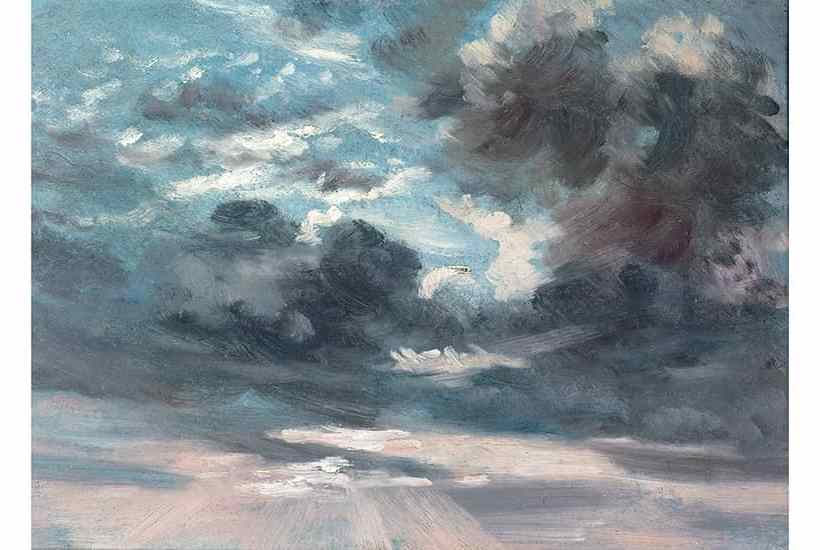
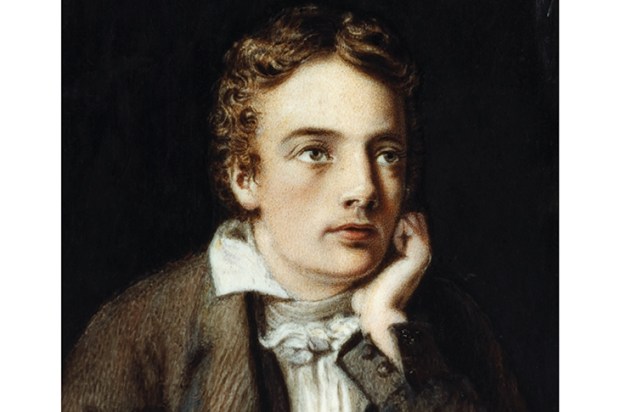

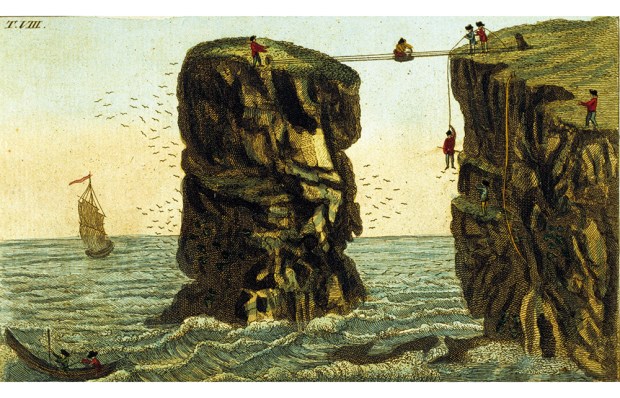
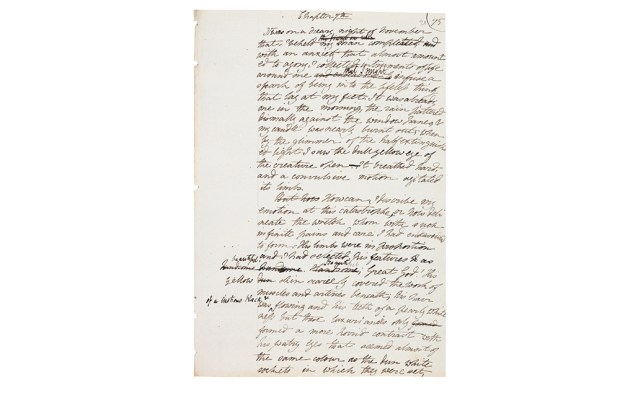
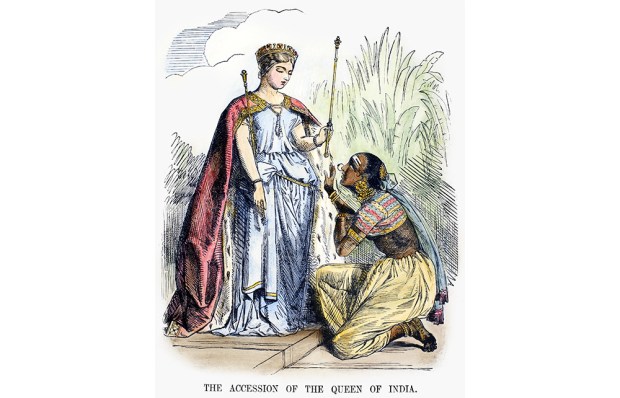
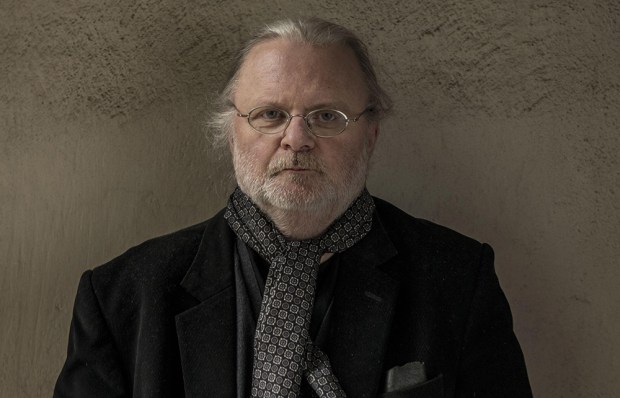






Comments
Don't miss out
Join the conversation with other Spectator Australia readers. Subscribe to leave a comment.
SUBSCRIBEAlready a subscriber? Log in